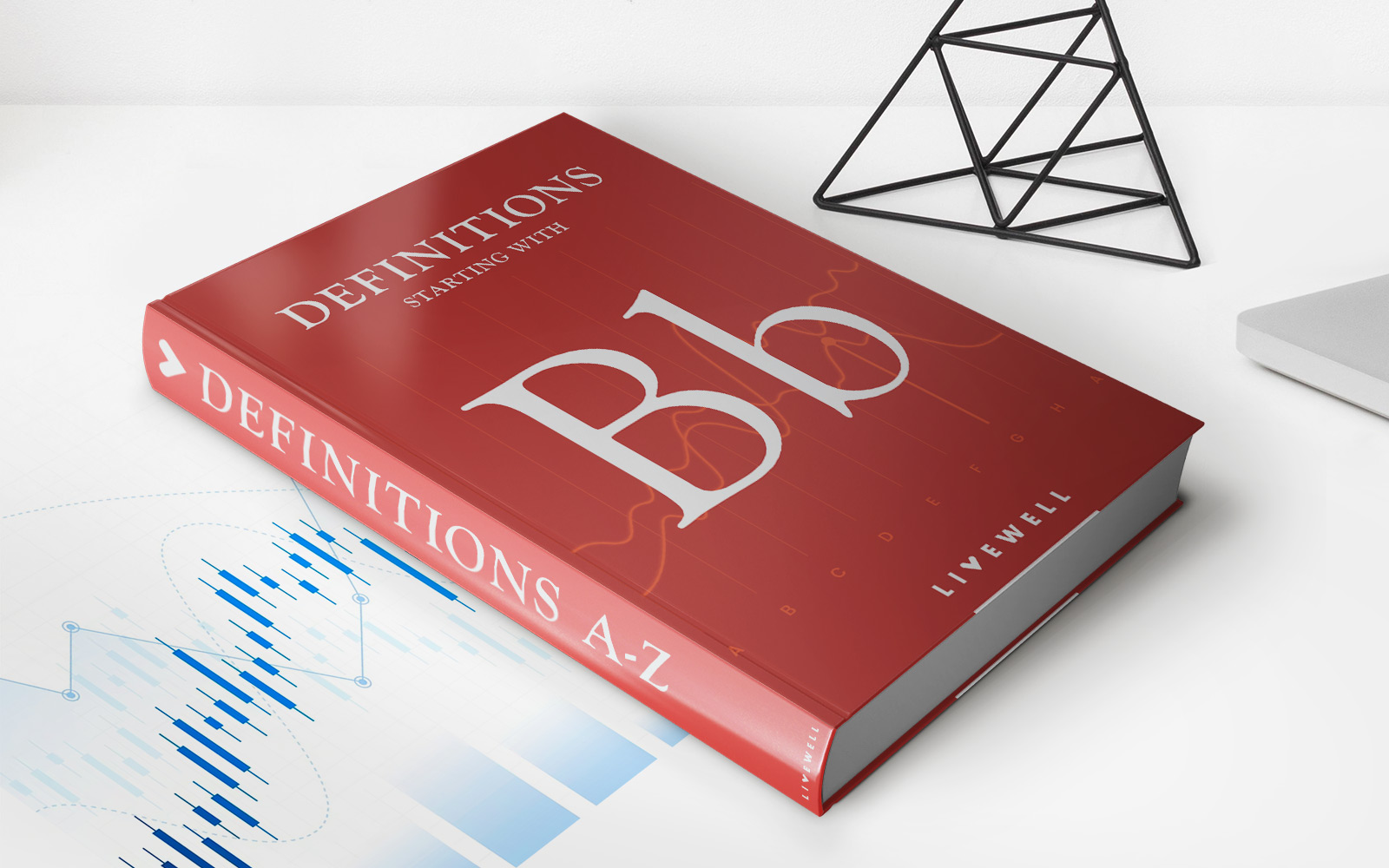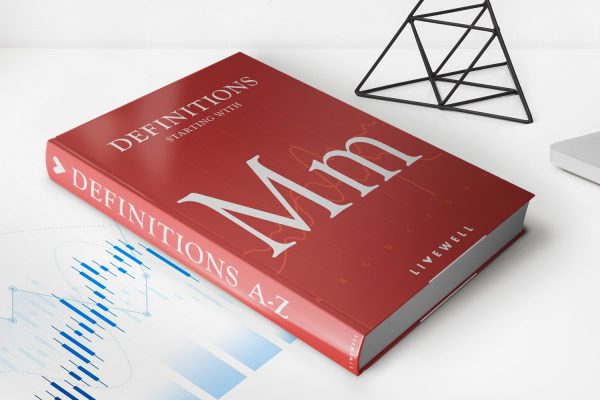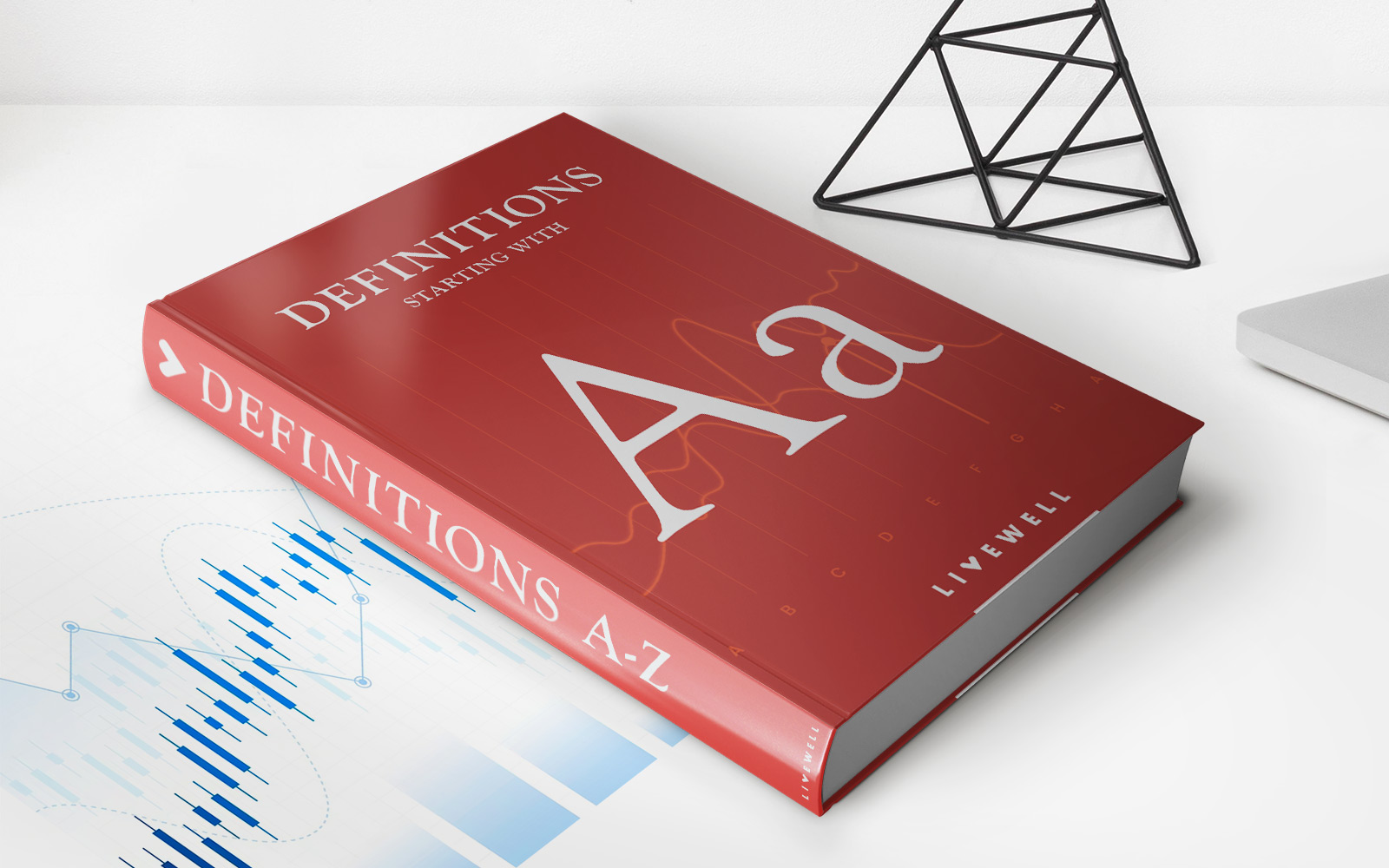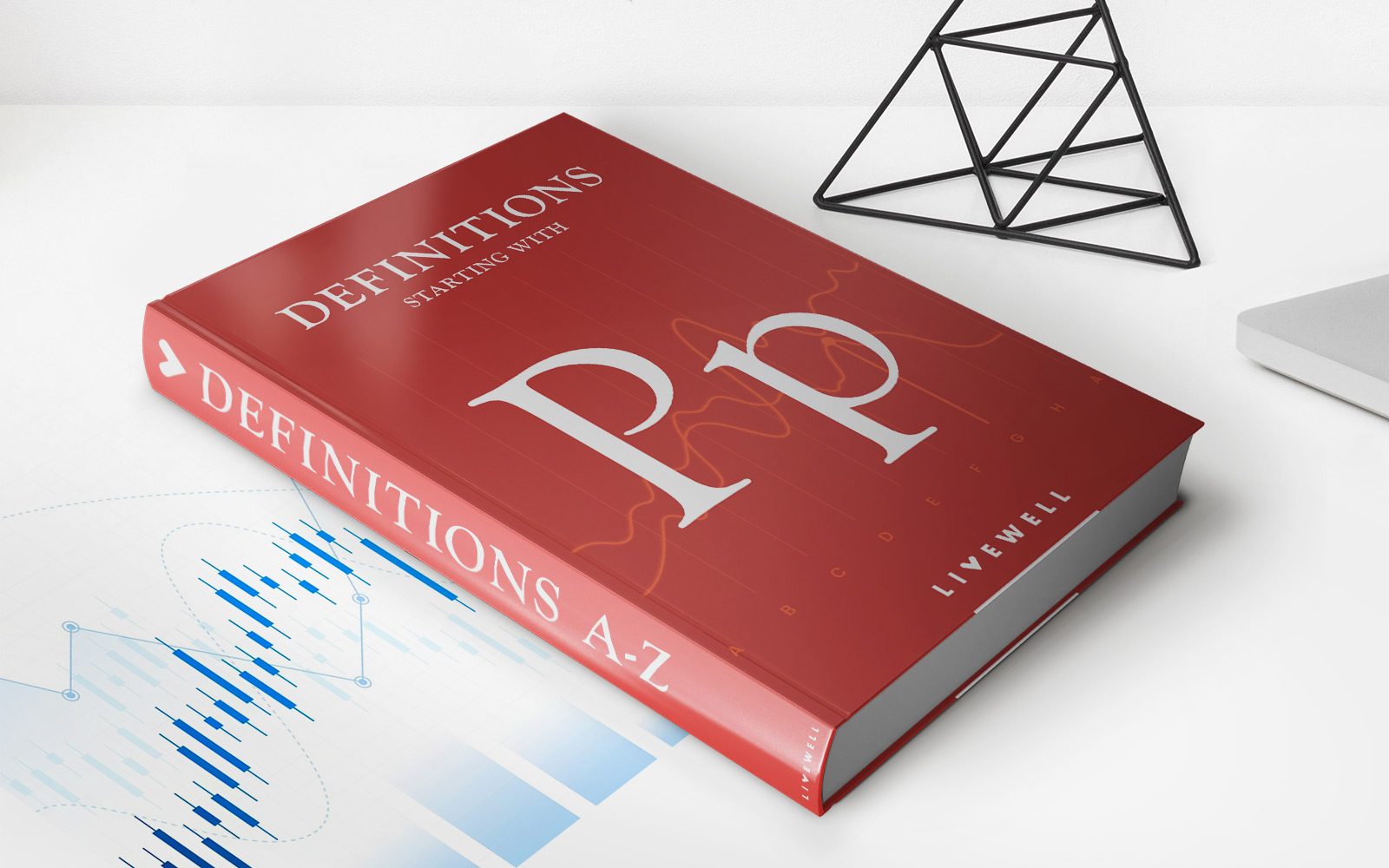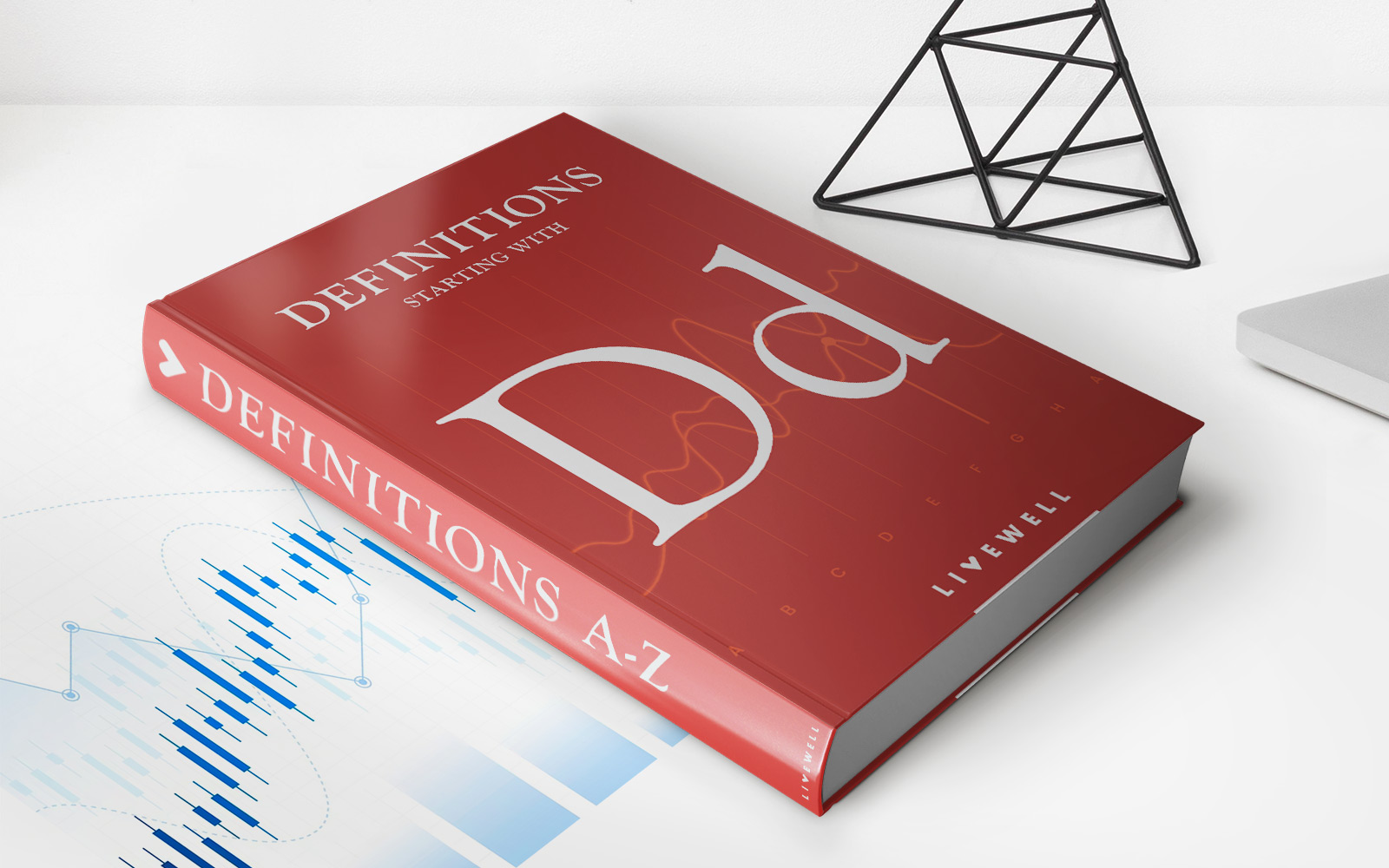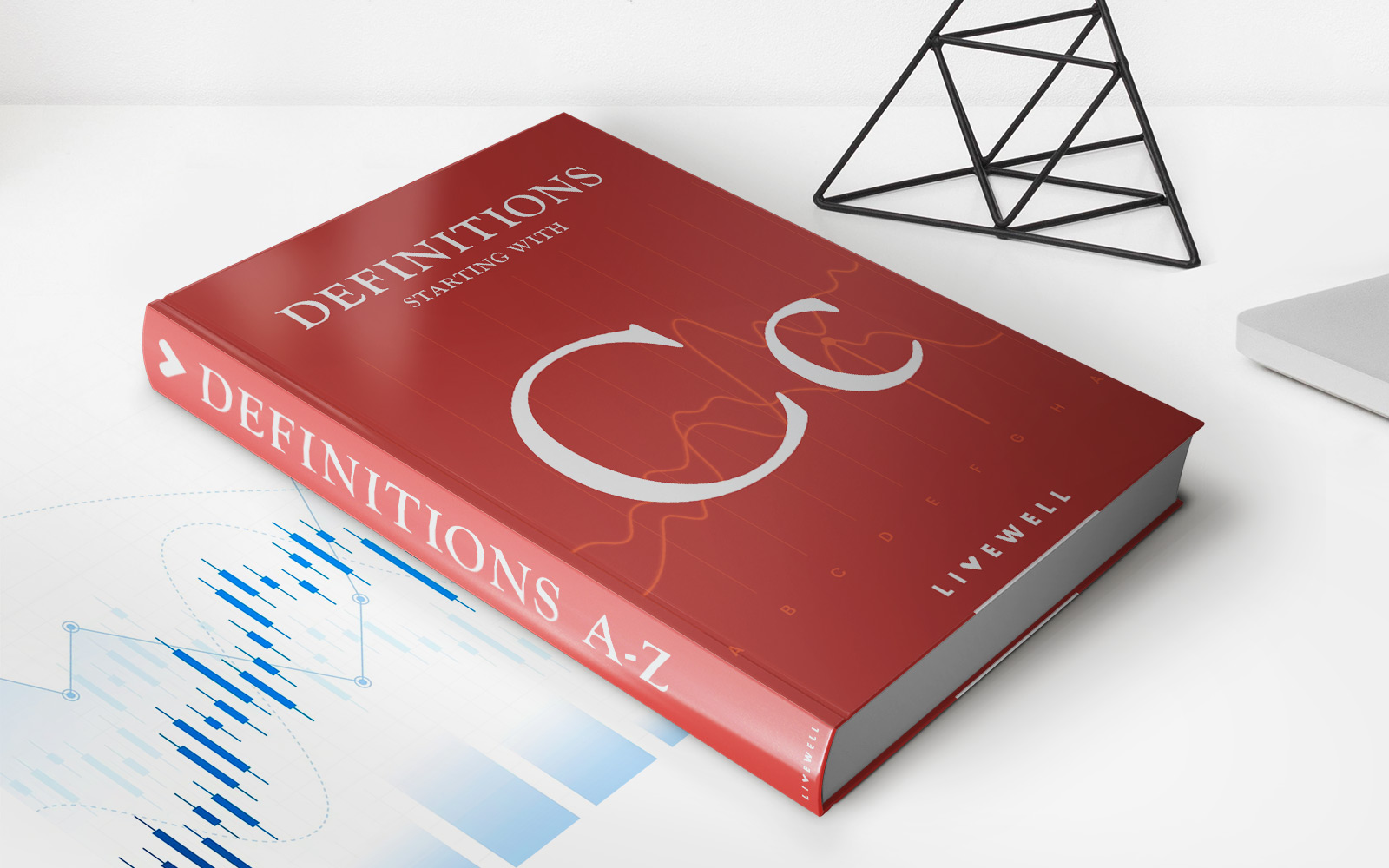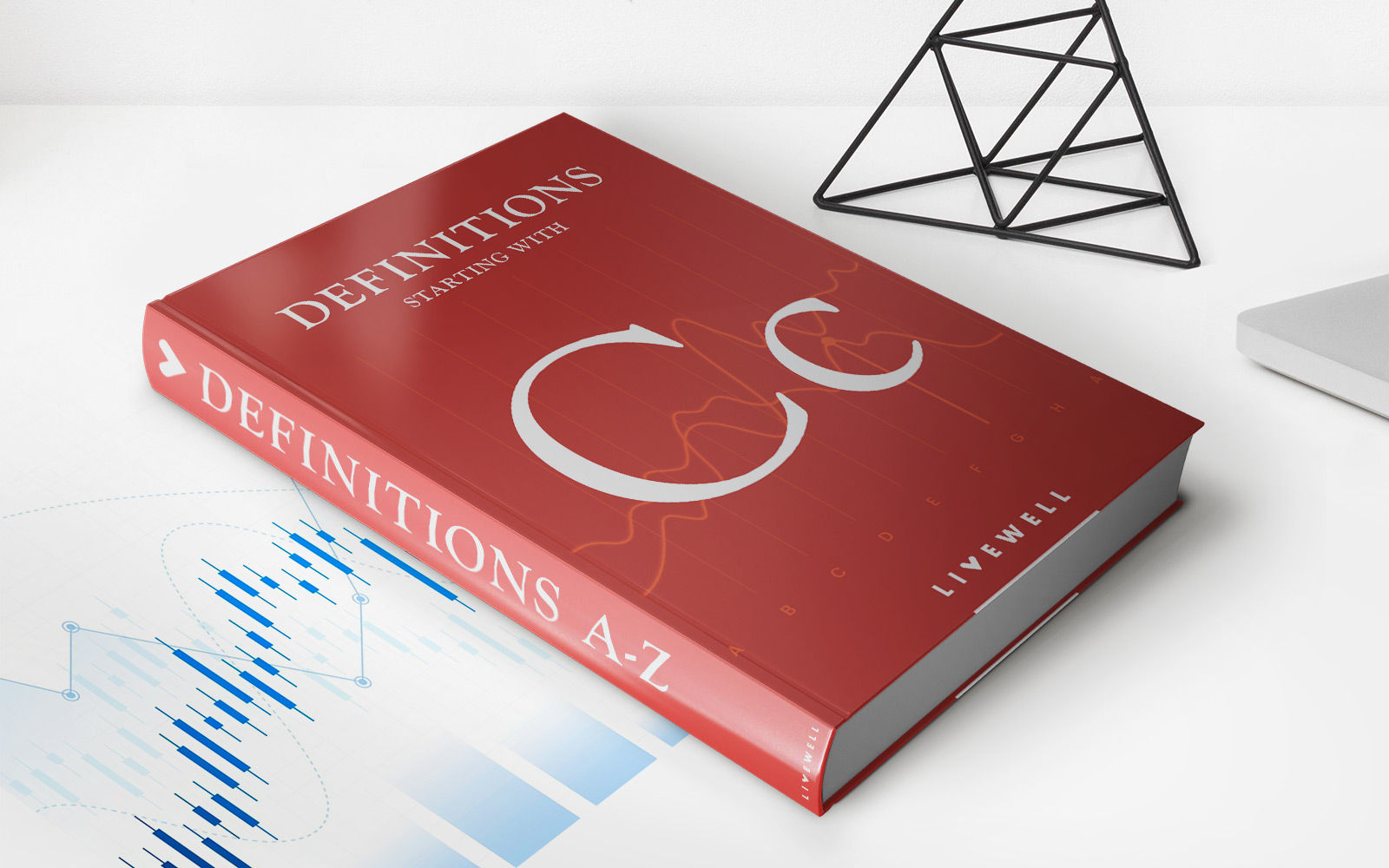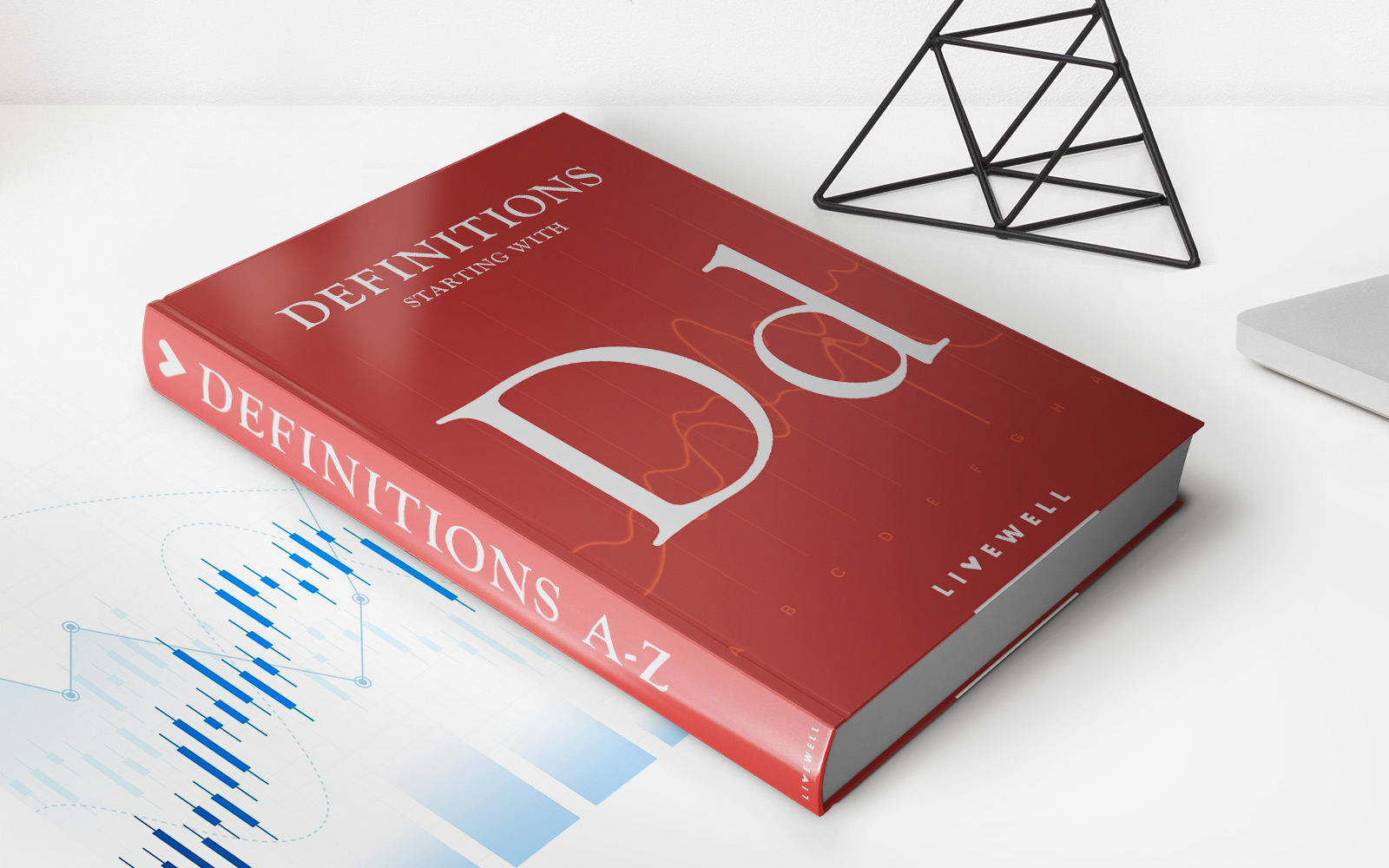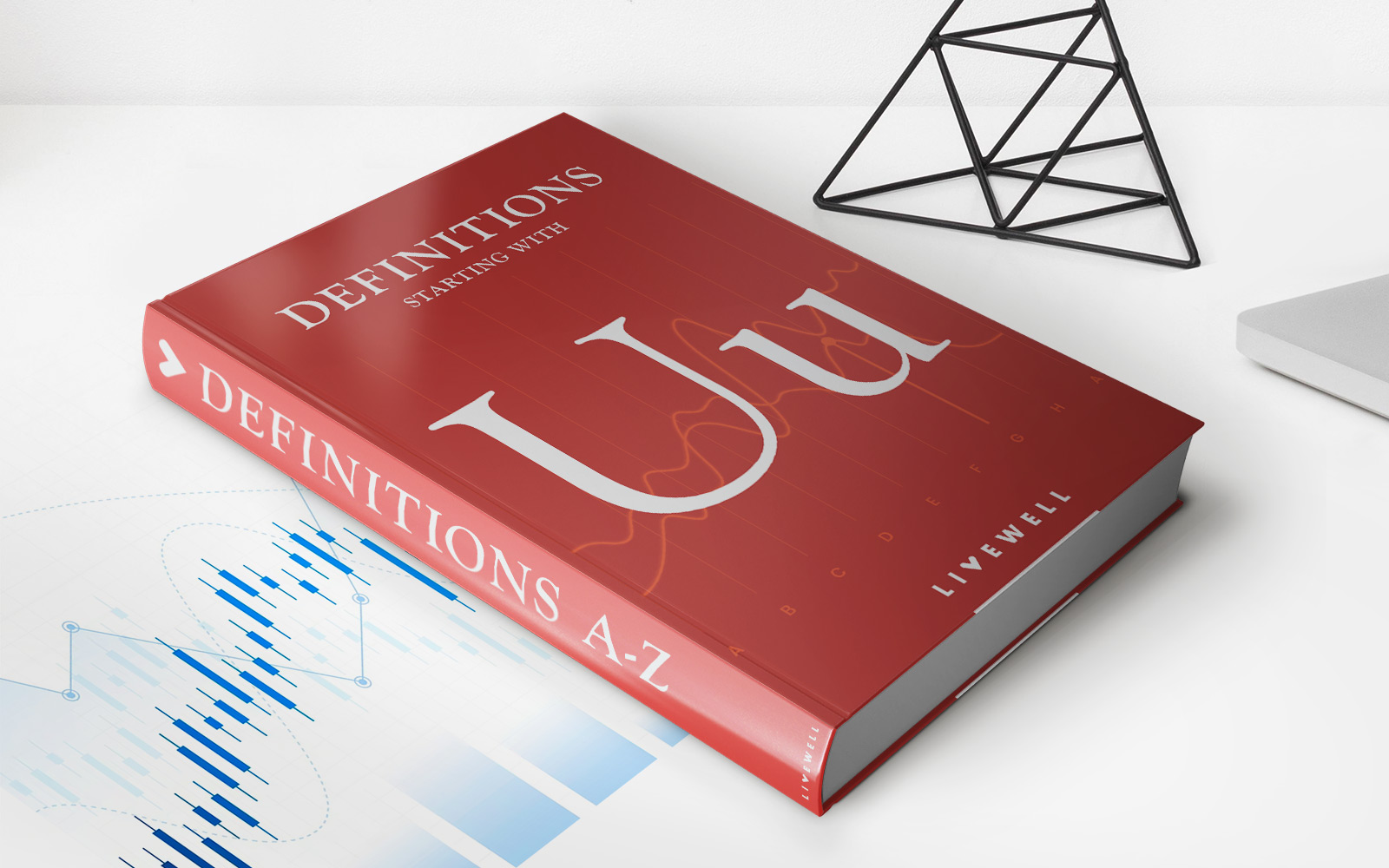Home>Finance>Leasehold Improvement: Definition, Accounting, And Examples
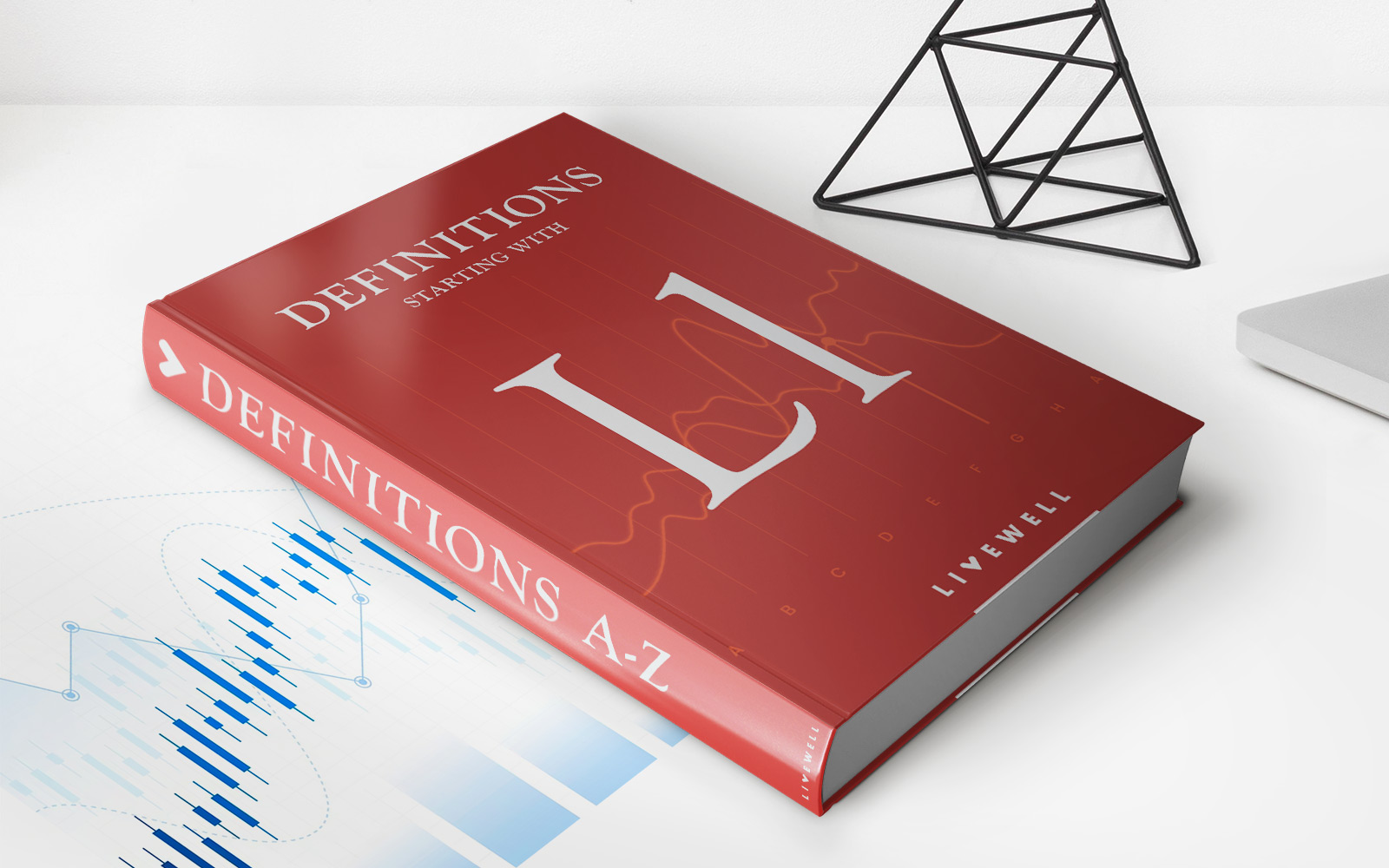

Finance
Leasehold Improvement: Definition, Accounting, And Examples
Modified: February 21, 2024
Learn the definition, accounting methods, and examples of leasehold improvement in the world of finance. Discover how this concept can impact your business.
(Many of the links in this article redirect to a specific reviewed product. Your purchase of these products through affiliate links helps to generate commission for LiveWell, at no extra cost. Learn more)
Unlocking the Secrets of Leasehold Improvement: Definition, Accounting, and Examples
When it comes to the world of finance, there are numerous terms and concepts that can sometimes leave us scratching our heads in confusion. One such term is leasehold improvement. What exactly is it, and how does it impact accounting practices? In this blog post, we will demystify the concept of leasehold improvement, delve into its accounting implications, and provide you with real-life examples to help you understand it better.
Key Takeaways:
- Leasehold improvement refers to renovations or modifications made to a leased property by the lessee to meet their specific needs and requirements.
- These improvements are typically considered the property of the lessor and are amortized over the term of the lease.
What is Leasehold Improvement?
Leasehold improvement can be defined as the process of renovating or modifying a leased property to suit the needs of the lessee. When businesses or individuals lease a property, they might find that it doesn’t exactly meet their specific requirements. In such cases, leasehold improvements come into play, allowing them to customize the space to better suit their needs.
Leasehold improvements can include a wide range of modifications, such as interior renovations, installation of fixtures, or even major structural changes. Examples of leasehold improvements can include adding partition walls, upgrading the lighting system, or installing specialized equipment.
Accounting for Leasehold Improvements
From an accounting standpoint, leasehold improvements are crucial to understand. When a lessee invests in leasehold improvements, they have to account for these costs in their financial statements. The general rule is that leasehold improvements are treated as an asset and amortized over the life of the lease.
It’s important to note that the accounting treatment of leasehold improvements can vary depending on the nature of the improvements and the specific lease agreement. Generally, leasehold improvements are categorized as fixed assets and depreciated over a determined period of time.
In terms of financial statements, leasehold improvements are recorded as an increase in the capital lease obligation liability on the balance sheet, and the associated depreciation expense is recorded on the income statement. This allows businesses to spread out the cost of the improvements over the duration of the lease.
Real-Life Examples of Leasehold Improvements
To better illustrate the concept of leasehold improvements, let’s look at a few real-life examples:
1. Office Renovation: A small startup leases office space in a commercial building but finds the existing layout unsuitable for their operations. They invest in leasehold improvements by installing cubicles, creating meeting rooms, and upgrading the kitchenette to create a more collaborative work environment.
2. Retail Store Upgrade: A clothing retailer leases a retail space but realizes that the interior design doesn’t align with their brand image. They decide to invest in leasehold improvements by installing new flooring, lighting fixtures, and wall displays to create a more modern and appealing shopping experience for customers.
3. Restaurant Remodel: A restaurant owner leases a space but wants to make changes to the layout to enhance customer flow and optimize their kitchen space. They invest in leasehold improvements by adding an open-concept bar, expanding seating capacity, and installing commercial-grade kitchen equipment.
These examples highlight how leasehold improvements are vital for businesses to customize their leased spaces and create an environment that aligns with their specific needs and goals.
Conclusion
Leasehold improvement is a concept that plays a significant role in the financial management of leased properties. By understanding the definition, implications, and examples of leasehold improvements, businesses and individuals can make informed decisions regarding their leased spaces and effectively account for the associated costs. Leasehold improvements not only allow for customization but also add value to the leased property, creating an optimal environment for a thriving business.
